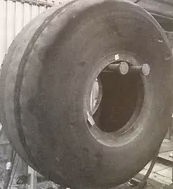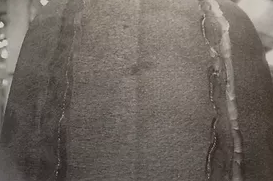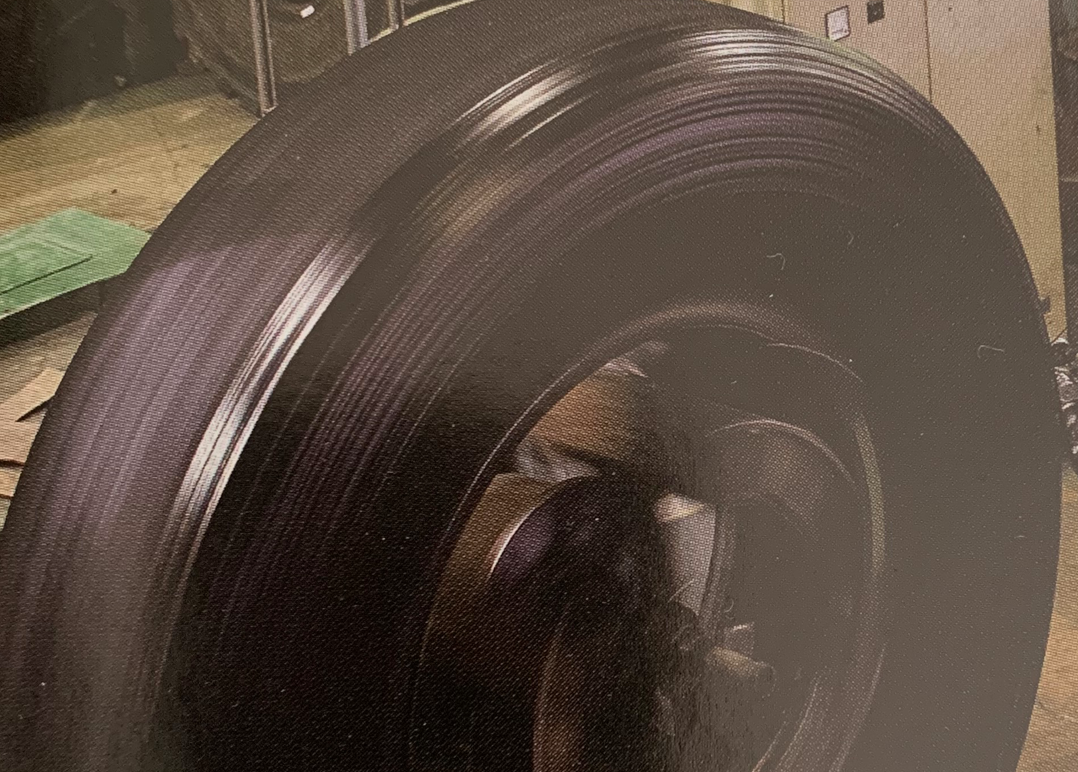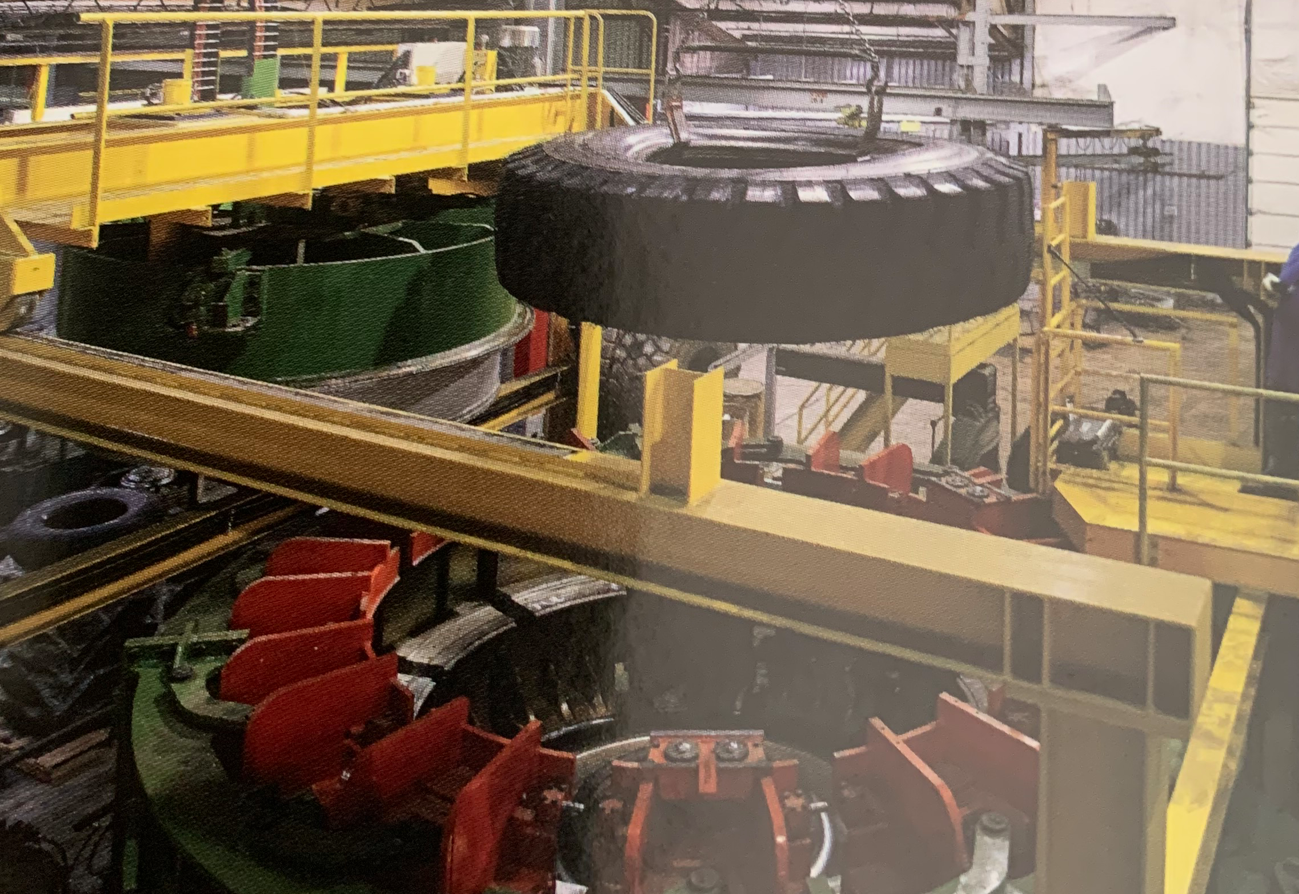the UNICURE RETREAD process
As the number of units running radial off-the-road tires continued to rise throughout the 1980s and into the 1990s, we set out to find the most effective system for retreading radial OTR tires. Rather than attempting to adapt existing systems to fit the special demands of these tires, as our competitors do, we spent nearly two years of research and development time to find the optimal method. To date, over fifteen million dollars has been invested bringing the Unicure line of bead to bead radial retreads to the industry. Using the latest in European technology, our retreads, in addition to looking like new tires, offer distinctive performance and longevity advantages over competitive methods. We currently offer 15 sizes, from 1400R-24 to 2700R-49, in 13 popular tread designs.
Why the Segmented Bead to Bead
(Unicure) Retread Process
The radialization of OTR tires began with the desire of operators to carry greater loads at higher speeds and obtain longer hours of service from their tires. One of the leading causes of failure in OTR tires has been sidewall cuts penetrating into the steel cables of the radial casing. Left unattended, these cuts will grow with every revolution of the tire, allowing moisture and dirt to work into the steel cables, eventually causing premature failure of the casing.
With these thoughts in mind, we developed the Unicure system to maximize casing life and generate new tire performance. With our process, all cuts, from bead to bead, are removed and a new sidewall veneer is applied to restore the tire to like-new form.
inspection
Until now, the only form of inspection available for OTR tires has been visual. Currently, we have the only non-destructive testing device in production to inspect OTR tires for retreading or repair. The technology, called shearography, has been used effectively in aircraft tire
retreading for many years. This machine allows us to look beneath the surface of the tread and sidewalls and find separations along with other defects that are otherwise undetectable.
During the test cycle, a tire is placed in a vacuum chamber. Using laser imaging,
cameras in the chamber photograph the tread and both sidewalls while the tire is in a relaxed state. A vacuum is then drawn in the chamber, and a second series of photographs is taken. At the end of the cycle, the two series of photographs are superimposed one on top of the other. Any movement in the structure of the tire, between the relaxed and vacuum state, is displayed in the form of anomalies on the computer screen. It is possible to locate and measure the exact size of these defects.
The goal of this inspection technique is to find non-repairable defects in OTR tires without having to buff off the remaining tread depth. A tire that is not a suitable candidate for
retreading can often be remounted and the end user can safely run out the remaining
tread life.
building
Radial tire retreading requires that the tire be built to precise dimensions. In order to achieve this, we utilize computer-controlled building machines which wind a continuous ribbon of rubber around the buffed tire. As in the buffing process, the operator chooses from a variety of programs for each tire size and design.
We utilize two different rubber compounds. First, a special sidewall/underbase compound which helps resist cut growth and cracking in the sidewall area is applied. A cut-resistant compound is then used to finish building the tread area to its final dimension.
The last step in the building process is the hand application of a 1/8" sidewall veneer.
In addition to providing new tire looks, the new veneer restores the tire’s anti-aging properties.
buffing
With our system, all tires are buffed inflated on a computer-controlled buffer. CNC technology allows us to buff each tire to an exact diameter and profile to ensure uniformity.
The worn tire is buffed following the profile of the original tire casing. This is integral to producing a finished product with the optimal amount of undertread in the tread and shoulder, which will help keep heat build up to a minimum.
WHAT WE DO
and how we do it
CURING
Just as in new tire production, our tires are cured in a segmented mold. PLC
logistics control time, pressure and separate temperature zones for the bead/sidewall
area and tread area.
In autoclave curing, every part of the tire, inside and out, is exposed to the full
temperature for the entire length of cure. With our Unicure System, no direct
heat is applied to the inside of the tire. The sidewalls are heated to a lower
temperature, for a much shorter period of time, than the tread area.
The precure method for OTR retreading is often mistakenly referred to as the cold process. With this method, typical curing temperatures are 260 F. As the tire is also cured in an autoclave, every part of the tire is exposed to this temperature for the entire length of the cure.
typical damage
The tire shown has damage to the sidewall. In our system, every cut is skived out and the damaged area is removed. Uncured rubber is used to fill the void, and is cured in with the tire at the time of retreading.
We do not simply cover over the damaged area with veneer, as has been stated by our competition. These repairs are done at no additional charge.
In service, the beads of radial OTR tires are highly stressed. Whether from underinflation or high levels of torque, the bead band will wear on the bead seat area and cause the tire to slip on the wheel. Because we have both heat and pressure during the cure, we can effectively repair this area and allow the tire to be mounted for another tread life.
WHAT WE DO
The Best Value, performance & quality anywhere
SEARCH TIRES BY size OR design
Send
Thank You!
The form has been successfully sent.
This field is required.
This field is required.
This field is required.
Please Indicate How We Can Help:
This field is required.
This field is required.




